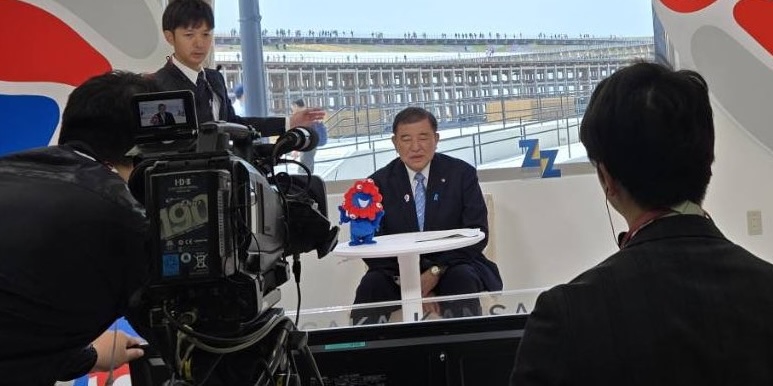Already a subscriber? Make sure to log into your account before viewing this content. You can access your account by hitting the “login” button on the top right corner. Still unable to see the content after signing in? Make sure your card on file is up-to-date.
Japan is rolling out a wide range of economic packages aimed at shielding Japanese industries and households from the impacts of US tariffs.
Some shit you should know before you read: If you’re unaware, Japan’s economy is unarguably dependent on its export relationship with the United States, particularly in the automotive sector, where Japan is one of the largest foreign suppliers to the US market. Japanese automakers face a 25% tariff on imported passenger vehicles and auto parts, imposed under President Trump’s trade policies as part of a push to revitalize US manufacturing. Trump has consistently called for all vehicles sold in the US to be made domestically, a stance he has not softened on despite mounting diplomatic pressure, signaling that Japan is unlikely to receive a tariff exemption any time soon. Given that Japan’s auto industry is heavily reliant on the US market, such a policy could cripple Japanese automakers—with companies like Toyota and Nissan already forecasting billions in profit losses, plant closures, and plans to shift production abroad. These economic disruptions would ripple throughout Japan’s supply chain, particularly hurting small and medium-sized parts manufacturers that depend on consistent exports. In an effort to de-escalate tensions, Japanese trade officials have been in ongoing talks with President Trump and Treasury Secretary Scott Bessent, aiming to secure a more favorable agreement.

What’s going on now: Amid no clear progress in talks between the US and Japan, Japanese officials have launched a comprehensive $6.3 billion emergency relief package to blunt the economic shock from American tariffs. The government’s plan is designed to provide immediate financial relief to households and targeted support to small and medium-sized enterprises most vulnerable to rising costs and supply chain disruptions. Prime Minister Shigeru Ishiba and Chief Cabinet Secretary Yoshimasa Hayashi stressed the urgent need for intervention, especially as domestic industries begin reporting reduced earnings and scaling back production.
A central component of the package is a $2.69 billion fund drawn from budget reserves specifically allocated to subsidize electricity and city gas bills for households between July and September. Under the plan, households will receive monthly utility discounts of approximately $20, with electricity subsidies set at $0.014 per kilowatt-hour in July and September, when usage typically spikes due to air conditioning. Similarly, gas subsidies will be $0.055 per cubic meter in July and September. Similarly, gas subsidies will be $.055 per cubic meter in July and September.
Beyond household relief, the government will also scale up financial aid for regional businesses. This includes expanded access to low-interest loans and credit guarantees through institutions like the Japan Finance Corporation, as well as insurance support for companies impacted by trade volatility. Additional subsidies will also be provided to local governments working to reduce energy costs for commercial operations, including those relying on liquefied propane gas.







